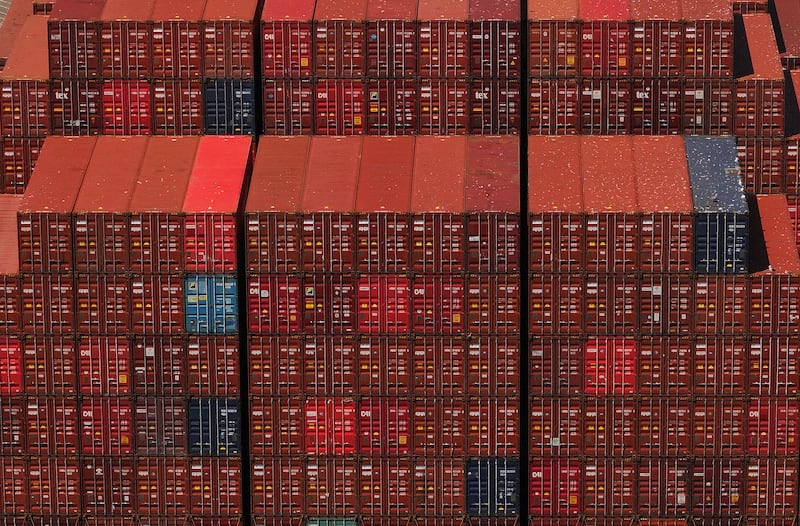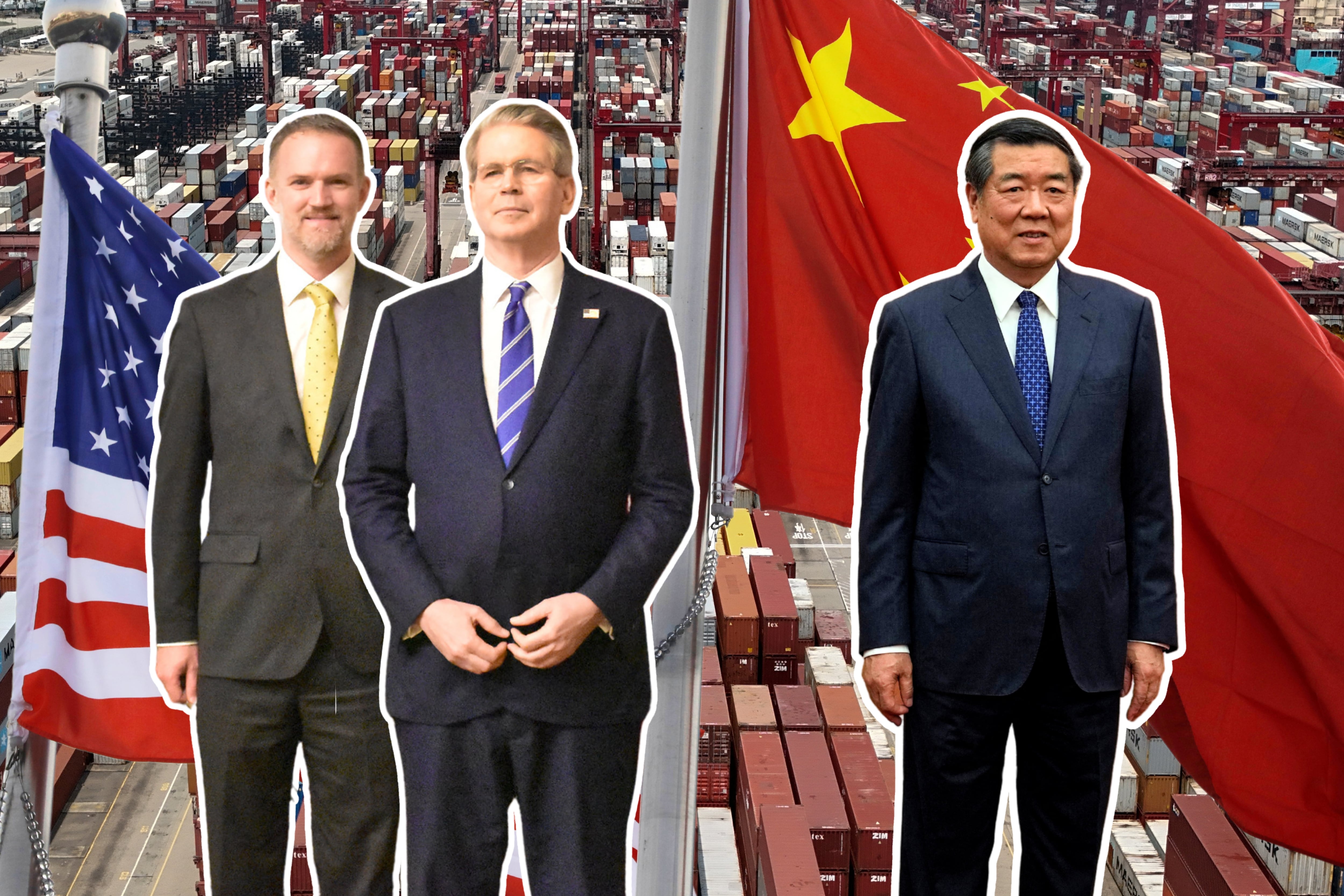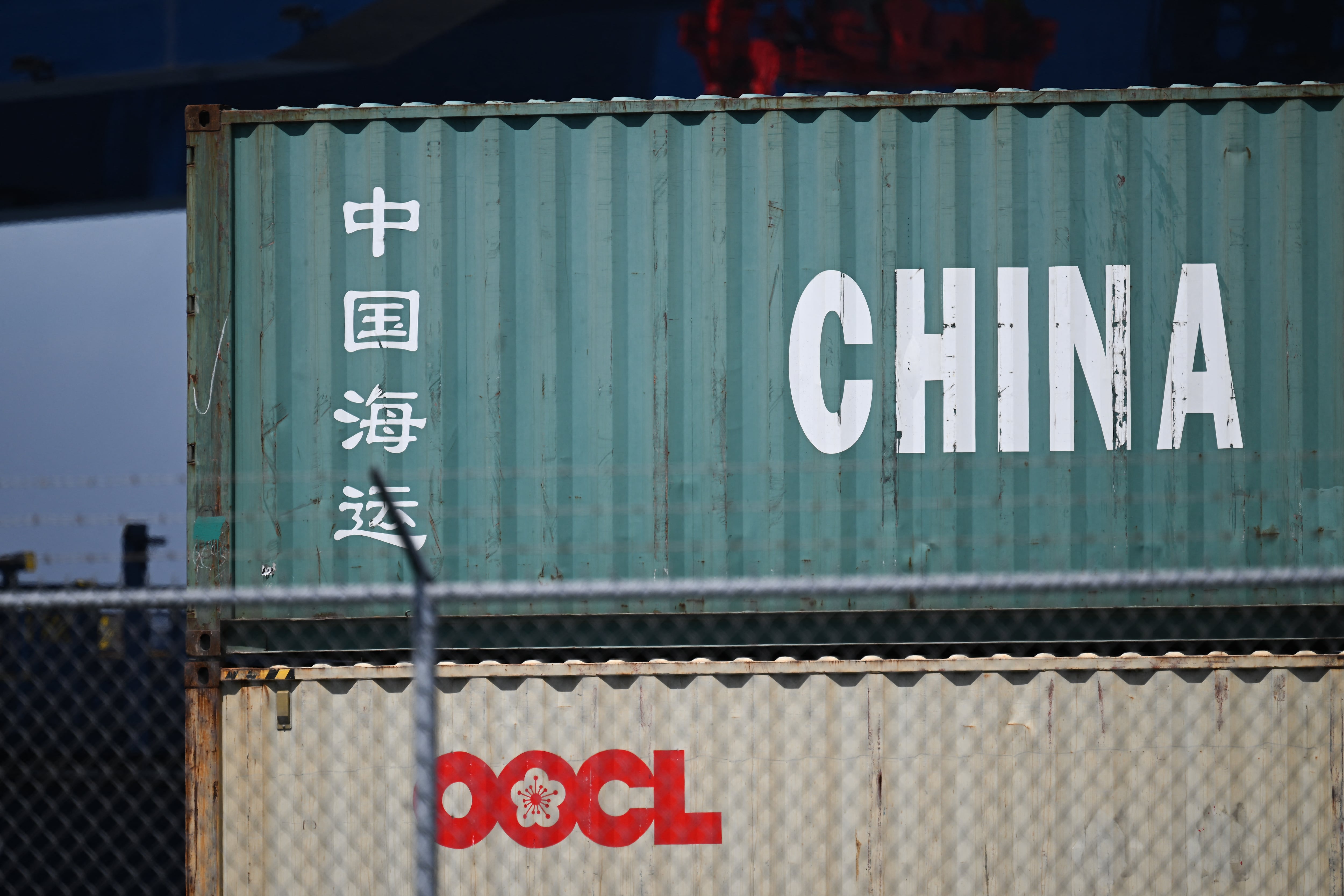TAIPEI, Taiwan – The United States and China on Monday agreed to temporarily suspend most tariffs on each other’s goods after a weekend of marathon trade negotiations in Geneva, Switzerland by officials from the world’s two largest economies, during which both sides touted “substantial progress.”
By May 14, the U.S. will temporarily lower its tariffs on Chinese goods from 145% to 30%, while China will cut its levies on American imports from 125% to 10%, according to the joint statement. Washington’s 20% duties on Chinese imports relating to fentanyl will remain in place.

Both sides recognize “the importance of a sustainable, long-term and mutually beneficial economic and trade relationship,” they said in the statement.
The two sides also agreed to establish “a mechanism to continue discussions about economic and trade relations,” led by Chinese Vice Premier He Lifeng and U.S. Treasury Secretary Scott Bessent as well as U.S. Trade Representative Jamieson Greer, according to the statement.
“We had very productive talks and I believe that the venue, here in Lake Geneva, added great equanimity to what was a very positive process,” Bessent said in a news conference.
“We have reached an agreement on a 90-day pause and substantially move down the tariff levels. Both sides on the reciprocal tariffs will move their tariffs down 115%,” he added.
Investors were buoyed by news of the tariff reprieve. Dow futures jumped more than 2%, while S&P 500 futures rose nearly 3%, and the tech-heavy Nasdaq Composite futures went up more than 3.5% during Asian afternoon trading. Asian markets were higher too, with Hong Kong’s Hang Seng index gaining more than 3%.
Before the Geneva negotiations, speculation about U.S.-China trade talks was rife, with both sides sending mixed signals.
The Trump administration maintained a confrontational tone publicly, with President Donald Trump repeatedly suggesting China had “cheated the U.S. for decades” and warning that only a “full overhaul” of trade terms would be acceptable.
Meanwhile, Chinese officials hinted at backchannel communications and expressed a willingness to negotiate, but only if Washington rolled back what they called “unjustified” tariffs.
In February, Trump imposed a 10% tariff on all Chinese imports, citing national security and the fentanyl crisis. He accused China of failing to curb the flow of fentanyl and its precursors into the U.S., which he claimed was fueling a deadly opioid epidemic.
China responded swiftly with 10-15% tariffs on U.S. energy and agricultural goods, blacklisted American companies and restricted exports of critical minerals.
Over the following months, both sides escalated dramatically – U.S. tariffs reached 145%, and China’s hit 125%, alongside further non-tariff retaliations such as halting TikTok negotiations and cutting rare earth exports, disrupting global trade.
Edited by Kiana Duncan.



